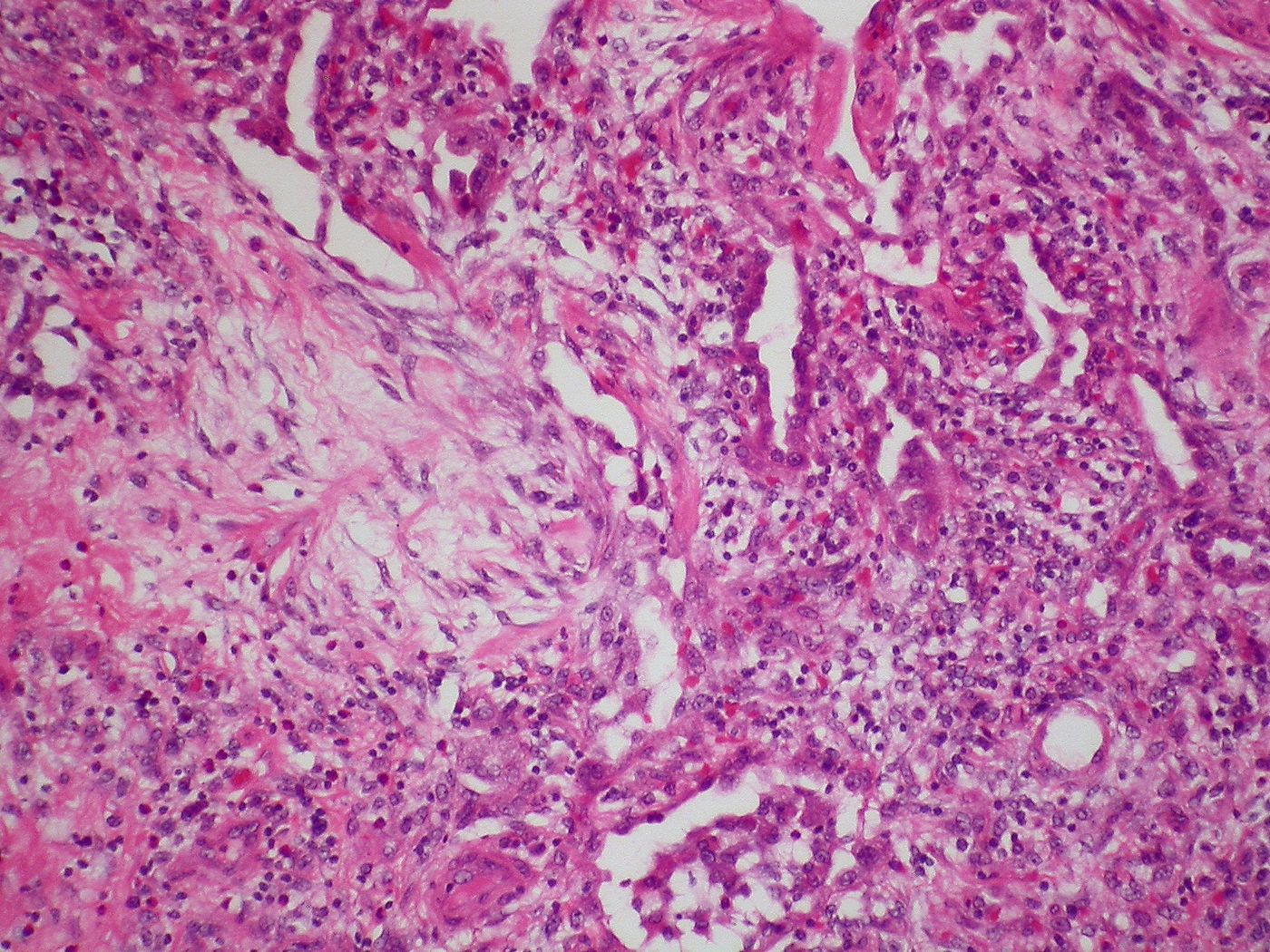B Cells Control Connective Tissue Disorder Scleroderma
Scleroderma is a chronic connective tissue disease classified as one of the autoimmune rheumatic diseases that affect the skin and other organs. In the United States, about 75,000 to 100,000 people have scleroderma making it relatively rare; most cases are women between the age of 30 and 50. The underlying cause of scleroderma is currently unknown, but research continues to shed light on the relationship between the immune system and the disease.
Scleroderma is characterized by the hardening and tightening of the skin and connective tissues, this may only affect the skin but can affect other structures such as blood vessels, internal organs, and the digestive tract. The hardening occurs due to overproduction and accumulation of collagen in tissues; this fibrous protein makes up the connective tissues of your body. It is not currently known what prompts the overproduction of collagen, but the immune system is known to play a role. Treatment of scleroderma typically involves medication, physical therapy, and in some cases surgery as a last resort.
A recent study published in Science Advances by researchers at Kanazawa University in Japan examined the role of B cells in relation to the pathogenesis of scleroderma. B cells are a critical player in the immune response, they mature into antibody-producing cells as well as presenting antigens and secreting cytokines. In patients with scleroderma B cell activating factor (BAFF) is present at elevated levels and correlates with disease severity. Two types of B cells, regulatory and effector B Cells, play opposing roles as suppressors and stimulators respectively. The study focused on two interleukins, IL-10 which is a negative regulator of the immune response produced by regulatory B cells, and IL-6, which positively modulates the immune response and is produced by effector B cells.
Researchers utilized mice with scleroderma and measured levels of IL-6 and IL-10 in serum. The levels of IL-6 increased in parallel with fibrosis, particularly the number of IL-6 producing effector B cells increased in the spleen and inflamed skin of mice with scleroderma compared to control mice. In mice deficient with IL-6 fibrosis was attenuated compared to IL-10 deficient mice where it was exacerbated. When a BAFF antagonist was administered to mice with scleroderma fibrosis of the skin and lungs was attenuated by modulating the balance of B cells and effector B cells. Overall, the study found that B cells play a reciprocal role in the pathogenesis of scleroderma, with both pathogenic and protective functions.
Previous research has shown success in targeting B cells for therapeutic purposes. Depletion of B cells has led to beneficial effects on skin in scleroderma patients, but further clinical trials are still needed to determine the efficacy and safety of such treatment. Some trials have failed to be as successful potentially due to the depletion of both effector and regulatory B cells in patients. A balance between both effector and regulatory B cells may be necessary, partial B cell depletion and BAFF inhibition may be more effective. Altering the balance of regulator and effector B cells, combined with BAFF inhibition could be a potential therapeutic strategy for scleroderma treatment based on the results of this study.
To learn more about scleroderma watch the video below!
Sources: Science Advances, Scleroderma Foundation, American College of Rheumatology,









